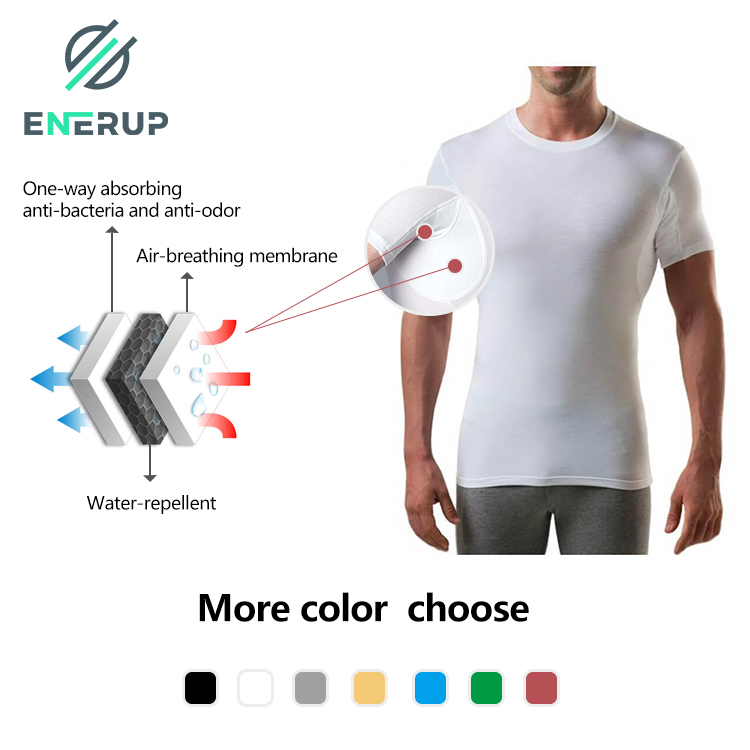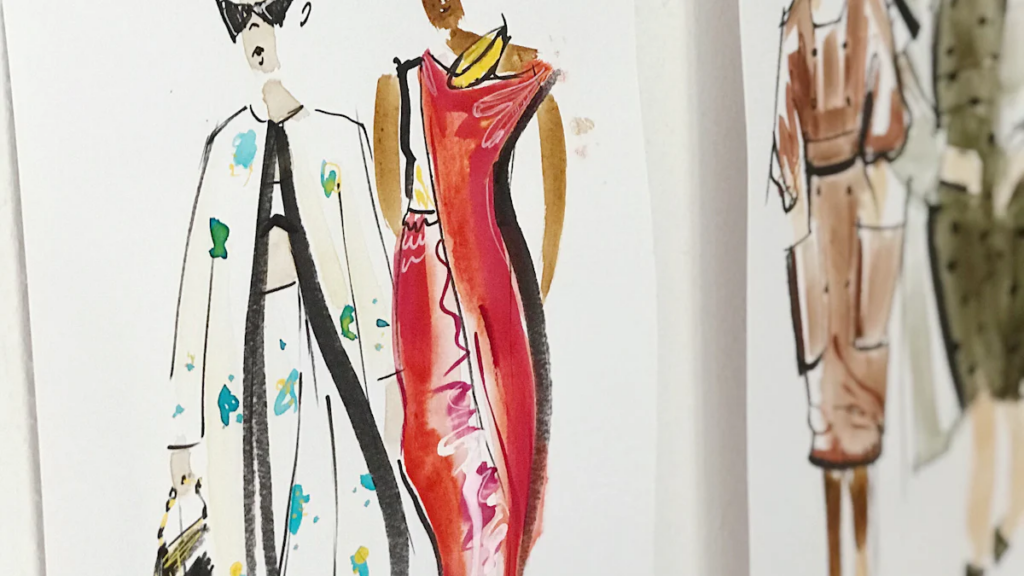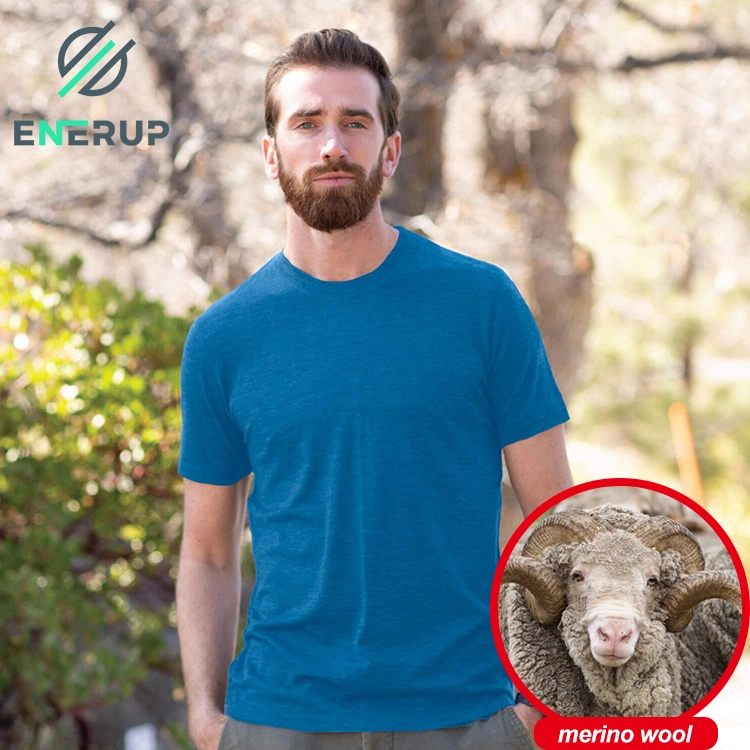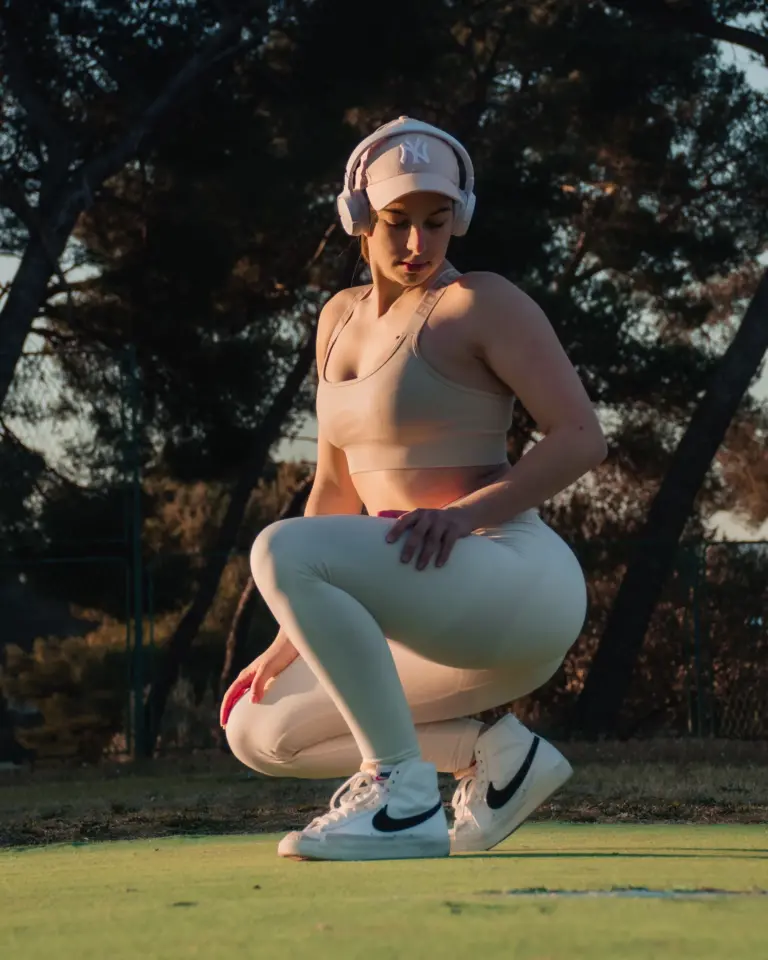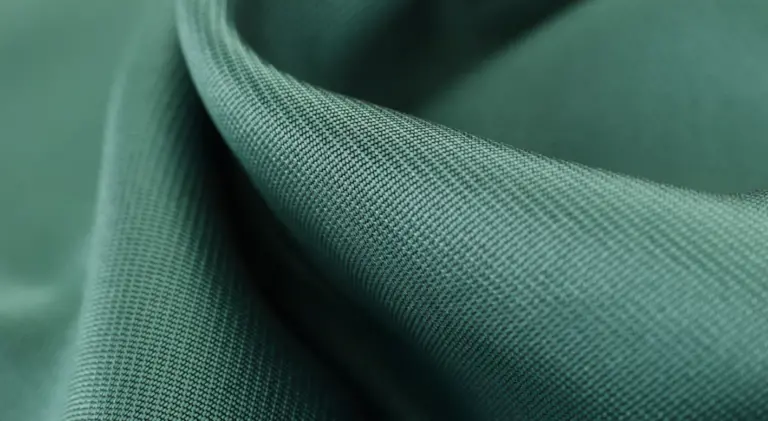Introduction to Working with Clothing Manufacturers
When working with clothing manufacturers, clear communication is the cornerstone of a successful partnership. Understanding the manufacturer’s perspective is crucial for establishing a collaborative and productive relationship. The importance of clear communication, market insight, quality investment, sustainability, and strong partnerships are essential for success in the production process.
From the manufacturer’s point of view, receiving detailed and accurate specifications from designers is vital for ensuring that the final products meet the intended vision. This includes comprehensive information about design elements, fabric choices, production requirements, and quality standards. By understanding this perspective, designers can set the stage for successful collaboration with clothing manufacturers.
The overview of essential specifications encompasses various aspects such as detailed design sketches, fabric and material specifications, production details and requirements, as well as quality standards and testing. Each of these components plays a critical role in conveying the designer’s vision to the manufacturer effectively.
Detailed Design Sketches
When it comes to working with clothing manufacturers, providing detailed design sketches is the foundational step in conveying the vision of a clothing line. These sketches serve as the blueprint for the entire production process, guiding manufacturers through every aspect of the design.
The Blueprint of Your Clothing Line
The design sketches act as a visual representation of the envisioned garments. They provide a clear and precise depiction of each element, from the overall silhouette to intricate details such as seams, stitching patterns, and embellishments. Clothing manufacturers rely on these sketches to understand the designer’s creative intent and bring it to life accurately.
Technical Drawings and Their Importance
In the fashion industry, technical drawings are essential components of design patents. According to “The Title of the design must identify the article in which the design is embodied by the name generally known and used by the public,” these drawings play a crucial role in safeguarding clothing lines and accessories from plagiarism. They must comply with specific disclosure requirements to ensure a complete representation of the claimed design.
Including Measurements and Proportions
Alongside visual aesthetics, precise measurements and proportions are integral parts of design sketches. These details provide clothing manufacturers with essential information about sizing, fit, and overall garment dimensions. By incorporating measurements into the sketches, designers facilitate a comprehensive understanding of how each piece should be constructed.
Visual Aids for Better Understanding
In addition to technical drawings, visual aids such as color references and variations further enhance communication between designers and manufacturers.
Color References and Variations
Color plays a pivotal role in fashion design. By including color references in the sketches, designers communicate their intended color palette for each garment. This ensures that clothing manufacturers accurately replicate the desired hues during production. Moreover, showcasing variations in color options provides manufacturers with flexibility when sourcing materials.
Additional Design Elements
Beyond colors, additional design elements such as fabric textures, prints, or embellishments can be visually communicated through sketches. These details offer comprehensive insights into material choices and decorative aspects that contribute to the overall aesthetic appeal of the garments.
By providing detailed design sketches encompassing technical drawings, measurements, color references, and additional design elements, designers establish a solid foundation for effective collaboration with clothing manufacturers.
Fabric and Material Specifications
When it comes to creating clothing lines, selecting the right fabrics is a crucial aspect that significantly impacts the comfort, quality, and overall appeal of the garments. By providing detailed fabric and material specifications to clothing manufacturers, designers ensure that their vision is accurately translated into tangible products.
Choosing the Right Fabrics
Fabric Types and Their Uses
The choice of fabric types directly influences the functionality and aesthetic of the garments. Scientific research findings from the Journal of Natural Fibers emphasize that factors such as moisture regain, water vapor transmission, wicking, air permeability, yarn counts, thickness, and mass play pivotal roles in determining the thermo-physiological comfort and mechanical properties of fabrics. Designers should consider these aspects when selecting fabric types to align with the intended purpose and seasonal suitability of the clothing line.
Providing Fabric Swatches
In addition to specifying fabric types, providing actual fabric swatches is essential for clothing manufacturers to assess the tactile qualities and visual appearance of the materials. This hands-on approach allows manufacturers to evaluate factors such as texture, drape, color fastness, and surface embellishments accurately. By including fabric swatches in the specifications, designers facilitate a comprehensive understanding of their material choices.
Communicating Material Quality
Weight, Texture, and Durability
Apart from fabric types, communicating specific details about material quality is imperative for ensuring that manufacturers source and utilize materials that align with the desired characteristics. The Journal of Natural Fibers highlights that fabric weight and texture significantly impact thermal resistance and water vapor resistance. Moreover, emphasizing durability aspects such as pilling resistance and color retention aids in maintaining garment quality over time.
Environmental and Ethical Considerations
In today’s fashion landscape, ethical considerations regarding material sourcing have gained prominence. Designers should communicate any environmental or ethical standards they wish to uphold in their clothing production process. This may include preferences for sustainable fibers, eco-friendly dyeing processes, or adherence to fair labor practices throughout the supply chain.
By incorporating scientific insights on fabric comfort properties along with practical considerations such as fabric swatches and environmental ethics into their material specifications, designers can effectively guide clothing manufacturers in bringing their vision to life while prioritizing quality and sustainability.
Production Details and Requirements
When it comes to the production phase, specifying the quantity, sizes, and color variations of the garments is crucial for aligning with diverse market needs and ensuring consistency in color and sizing accuracy.
Quantity, Sizes, and Color Variations
Designers must carefully consider the quantity of each garment to be produced, taking into account the demand for different sizes and color variations. According to a recent industry survey, 76% of manufacturers have implemented operational efficiency projects in the past three years to address challenges related to varying production requirements from clients. This highlights the significance of clear and accurate specifications to streamline production processes.
Planning for Diverse Market Needs
Understanding the diverse market needs is essential when determining the quantity, sizes, and color variations. Customer surveys have been identified as valuable tools for manufacturing businesses to collect feedback and measure satisfaction. By incorporating customer feedback into the decision-making process, designers can ensure that their production details align with market demands.
Color Consistency and Sizing Accuracy
Maintaining color consistency across different batches of production is a critical aspect that directly impacts brand reputation and customer satisfaction. Designers should provide specific color references or Pantone codes to ensure accurate replication of colors. Additionally, outlining precise sizing requirements with detailed measurements contributes to achieving sizing accuracy across various garments.
Timeline and Production Schedule
In addition to quantity, sizes, and color variations, establishing a realistic timeline and production schedule is imperative for successful collaboration with clothing manufacturers.
Setting Realistic Deadlines
Setting realistic deadlines is essential for managing expectations and ensuring timely delivery of products. Manufacturers rely on clear timelines to plan their production processes effectively. By understanding production capacities from previous collaborations or through open communication with manufacturers, designers can set achievable deadlines that align with both parties’ capabilities.
Understanding Production Capacities
Manufacturers face challenges in meeting varying production capacities due to fluctuating demands from different clients. By providing transparent information about expected quantities and timelines based on market insights or customer surveys, designers enable manufacturers to allocate resources efficiently while maintaining high-quality standards.
By addressing challenges related to quantity planning, size variations, color consistency, realistic timelines, and understanding production capacities through effective communication backed by industry insights; designers can enhance their collaboration with clothing manufacturers while meeting diverse market needs efficiently.
Quality Standards and Testing
When collaborating with clothing manufacturers, defining clear quality standards and testing requirements is essential to ensure the production of garments that meet the designer’s expectations. This phase involves establishing specific criteria for evaluating the materials, construction, and overall performance of the clothing line.
Defining Your Quality Expectations
Designers must articulate their quality expectations to clothing manufacturers through comprehensive specifications. This includes outlining specific testing requirements that align with industry standards and regulatory compliance.
Specific Testing Requirements
The Wool Products Labeling Act mandates mandatory labeling requirements for textile products, ensuring transparency in product labeling and empowering consumers to make informed choices. Designers should incorporate these requirements into their specifications, specifying the necessary tests for fabric composition, colorfastness, seam strength, and other relevant attributes. By aligning with these regulations, designers demonstrate a commitment to delivering garments of high quality and integrity.
Moreover, compliance with 16 CFR Part 303 Rules and Regulations Under the Textile Fiber Products Identification Act is crucial for clothing imported and sold in the United States. This regulation requires labels disclosing generic names, percentages by weight of constituent fibers, manufacturer or marketer name, and place of origin. By integrating these disclosure requirements into their specifications, designers ensure that manufacturers adhere to legal obligations while maintaining transparency in product information.
Compliance with Regulatory Standards
In addition to testing requirements, adherence to regulatory standards such as the Care Labeling Rule (16 CFR Part 423) is paramount. This rule mandates care instructions on wearing apparel labels to guide consumers in properly maintaining and prolonging the lifespan of their garments. By including care labeling specifications aligned with this rule, designers empower consumers with essential garment care information while reinforcing their commitment to product quality and customer satisfaction.
Feedback and Adjustments
The process of sample review serves as a critical stage in ensuring that garments meet specified quality standards. It involves assessing initial samples produced by clothing manufacturers against the defined specifications and making necessary modifications based on feedback.
The Process of Sample Review
During sample review, designers evaluate various aspects such as fabric quality, construction accuracy, color consistency, and overall garment performance against predetermined benchmarks. This evaluation ensures that each garment meets the intended design aesthetics and functional requirements.
Furthermore, engaging in open communication with manufacturers during sample review allows for constructive feedback exchange. Designers can provide detailed insights on areas requiring adjustments while manufacturers offer technical expertise on production feasibility. This collaborative approach fosters a shared commitment to achieving optimal garment quality.
Making Necessary Modifications
Upon identifying areas for improvement during sample review, designers collaborate with clothing manufacturers to implement necessary modifications effectively. This may involve refining construction techniques, adjusting material selections, or enhancing finishing details to align with quality expectations.
By iteratively refining samples based on feedback from sample reviews, designers demonstrate a dedication to delivering garments of exceptional quality while fostering a collaborative partnership with manufacturers focused on continuous improvement.
Harvest SPF Textile Co, Ltd, established in 1993, is a manufacturer that specializes in the research, development, and international trading of healthy and functional textiles. The company operates based on the concept of “Dress for Health, Dress for Energy”.
With over 30 years of experience in the functional textile industry and more than 30 national and global patents, Harvest understands the market demands of international retailers and can provide professional guides for customizations. They also holds more than 10 ethical and sustainable trade certificates, reflecting its commitment to responsible and sustainable business practices.
Final Thoughts on Sending Specifications
Recap of Key Points
In summary, sending comprehensive specifications to clothing manufacturers is a pivotal step in ensuring the successful realization of a designer’s vision. Clear and detailed design sketches, fabric and material specifications, production details and requirements, as well as quality standards and testing form the essential components of these specifications.
- Detailed design sketches serve as the visual blueprint for the entire clothing line, providing manufacturers with precise guidance on every design element.
- Fabric and material specifications communicate the desired quality, comfort, and sustainability aspects of the garments to be produced.
- Production details encompass quantity, sizes, color variations, realistic timelines, and understanding production capacities to align with market needs efficiently.
- Defining clear quality standards and testing requirements ensures that the final products meet regulatory compliance and uphold the designer’s expectations.


